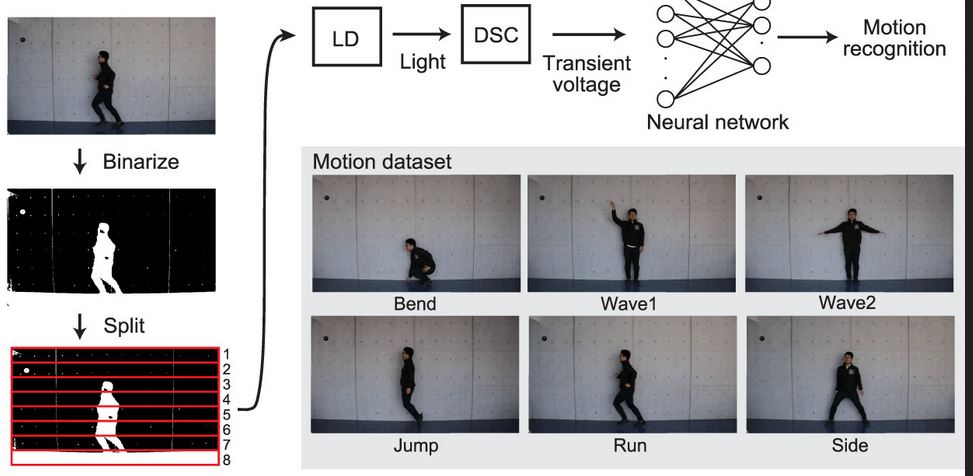A team from Tokyo University of Science has developed a solar cell-based computing device that mimics human synaptic behavior for use in edge AI processing. The researchers say the device has the potential to accelerate the development of low-power edge AI sensors in applications such as health monitoring, surveillance and automotive technologies.
Scientists of the Tokyo University of Science have fabricated a self-powered, dye-sensitized solar cell-based device that mimics human synaptic behavior for edge AI processing.
The research paper “Self-powered dye-sensitized solar cell-based synaptic devices for multi-scale time series data processing in Physical Reservoir Computing”, available in the magazine ACS applied materials and interfacesexplains that Physical Reservoir Computing (RPC) using synaptic devices is a promising edge AI device for use in predicting emergency situations such as heart attacks, natural disasters and pipeline failures.
The study describes how the scientists fabricated a dye-sensitive synaptic device based on solar cells with controllable time constants by changing the light intensity. “To process optical time series data with different time scales, it is essential to fabricate devices according to the desired time scale,” says Takashi Ikuno, one of the research leaders. “Inspired by the eye’s afterimage phenomenon, we devised a novel optoelectronic human synaptic device that can serve as a computational framework for low-power optical AI sensors.”
The device uses squarylium derivatives-based dyes and includes optical input, AI calculations, analog output, and material-level power supply functions. It showed synaptic features, such as paired pulse facilitation and paired pulse depression, in response to light intensity
When the device was used as PRC’s reservoir layer, it classified human movements such as bending, jumping, running and walking with an accuracy of more than 90%. The scientists found that performance of a time processing task was achieved by changing light intensity, even as the input pulse width was varied.
Thanks to the solar cell, energy consumption was 1% of that of conventional systems. “We have demonstrated for the first time in the world that the developed device can operate with very low power consumption and still identify human movements with high accuracy,” Ikuno said, noting that the proposed innovation could revolutionize low-power AI applications in health monitoring, surveillance and automotive technologies.
“This invention could be used as a hugely popular optical AI sensor that can be attached to any object or person, and could have an impact on the costs associated with power consumption, such as car-mounted cameras and car-mounted computers” , Ikuno explains. “This device can function as a sensor that can identify human movements with low energy consumption, and thus has the potential to contribute to the improvement of vehicle energy consumption.”
The system could also be used as a low-power optical sensor in standalone smartwatches and medical devices, significantly reducing costs to become comparable or even lower than current medical devices.
This content is copyrighted and may not be reused. If you would like to collaborate with us and reuse some of our content, please contact: editors@pv-magazine.com.

